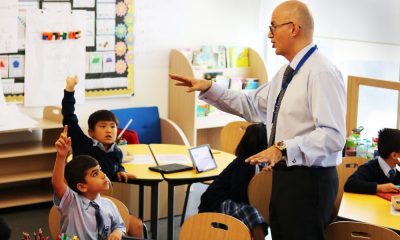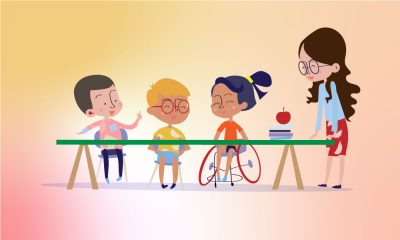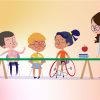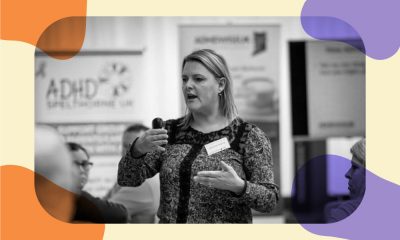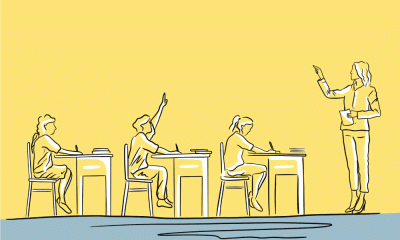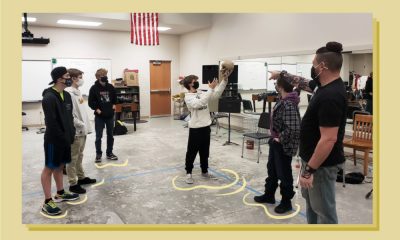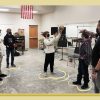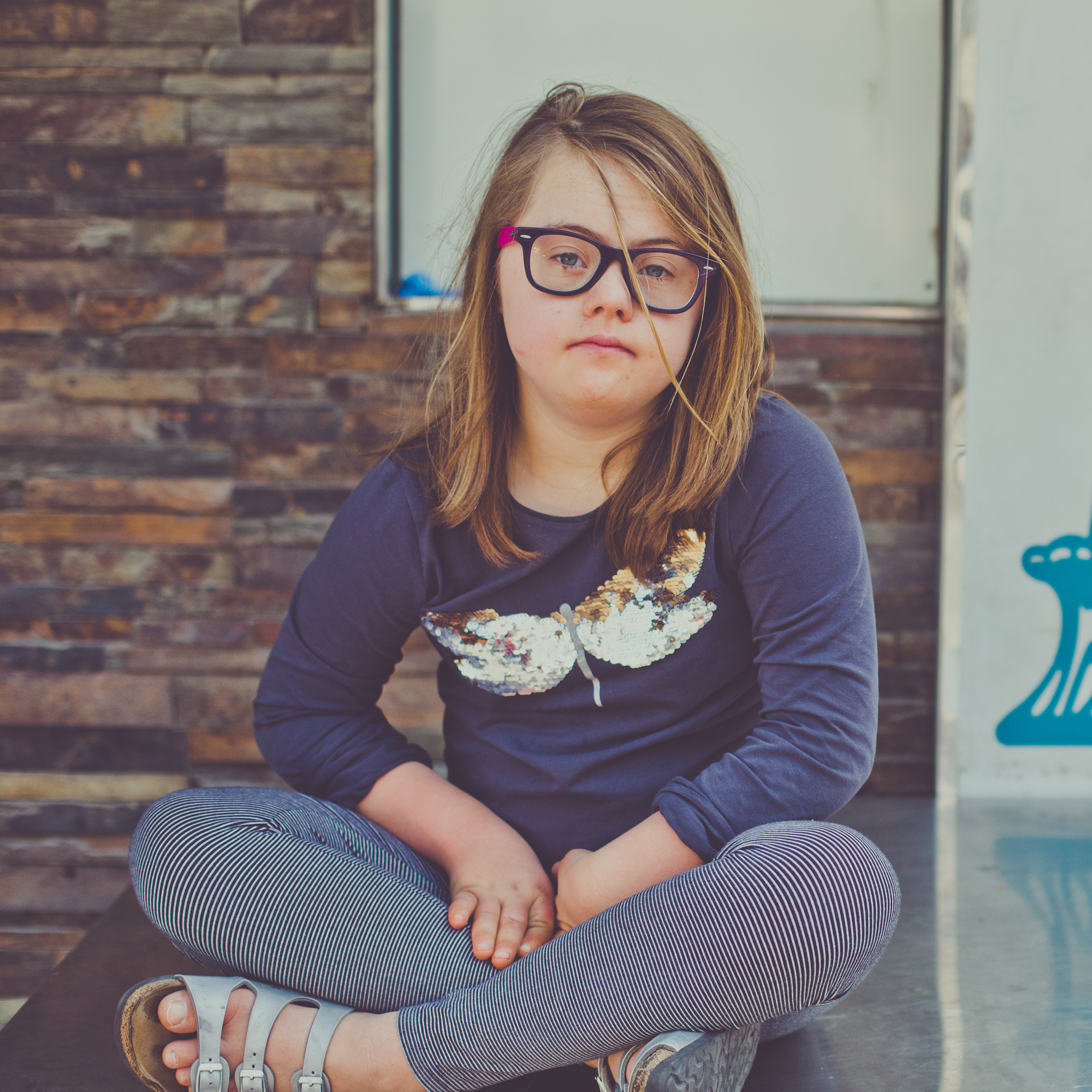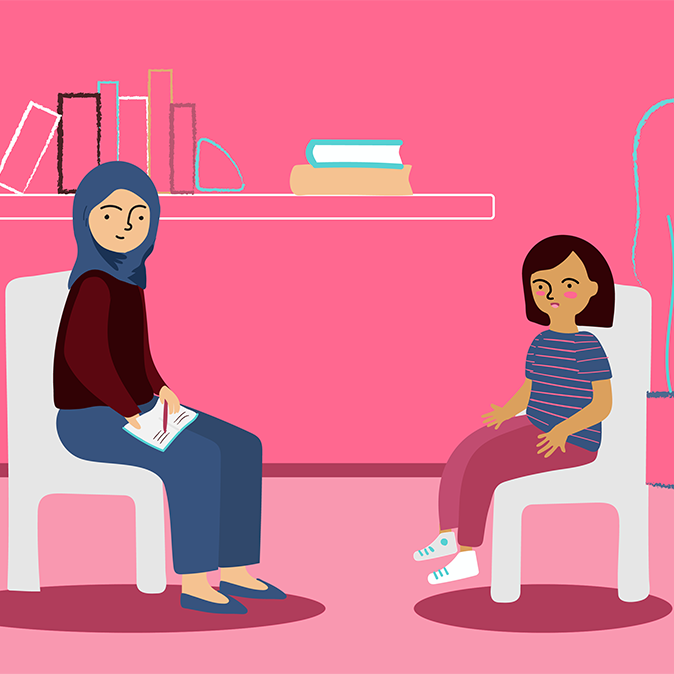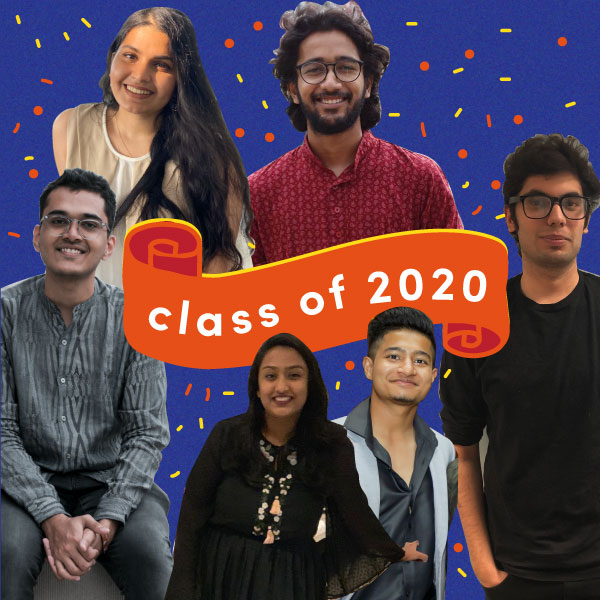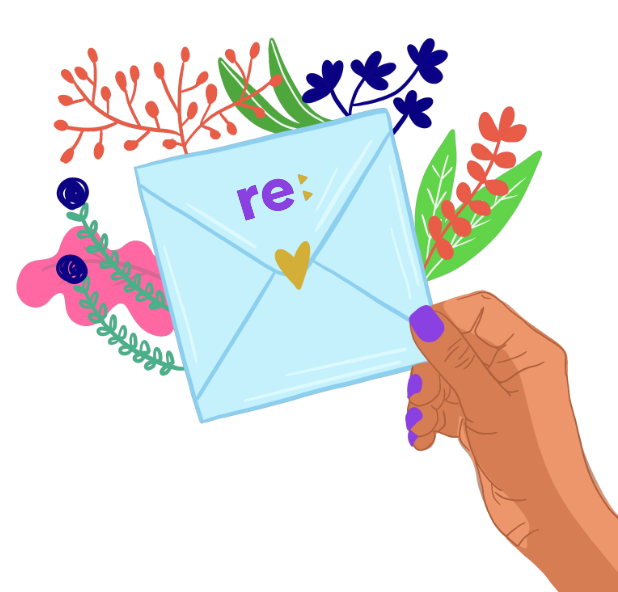Education
We Asked 5 Teachers to Tell Us How They’re Innovating in the Classroom
'I think it is all about the culture you create.'
Classrooms can be a mixed bag of highs and lows, filled with a myriad of lesson plans, quizzes, milestones and more. It becomes essential to keep students engaged as teachers sift through complex topics, data, and historical events.
Re:Set spoke to teachers from around the world including Mexico, U.K., the UAE and India to find out how they innovate on the job and keep things interesting for their students.
Gustavo Calderón, Guadalajara, Mexico, director of technology and learning innovation at Instituto Alpes San Javier, an all-girls school


For Calderón, it’s been essential to find ways to innovate and ideate beyond the public education system. Photo courtesy: Gustavo Calderón
“Since I was teaching at a public education system in Mexico, I have always looked beyond [the system] in order to visualize significant breakthroughs. It is very important for me to prepare my students for the upcoming challenges, so when they leave school, they would be ready to respond effectively to the necessities that society has.”
For Calderón, preparing his students for the workspace of the future is a priority. “All the content which is covered in my course aims to solve a real problem that our local or global community is facing right now,” he told Re:Set. For instance, he spoke about forest fires in class and designed a learning experience related to the topic through programmable drones.
“Our spaces are not only physically safe but also emotionally safe for our students.”
He believes in leading by example and focuses on honing his kids’ application skills. His favourite tools? Helping his students design real prototypes and models by including robotics, coding, and electronics, and teaching them about complex math.
“Technology has allowed me [opportunities] that I always dreamed about: the personalization of learning,” he said. “By implementing technology in the classroom I am able to respect my students’ learning pace.” Calderón relies on several apps to make learning easier and fun for his class by stepping away from rote memorization and encouraging a curiosity-led learning environment. His students are encouraged to explore without being afraid of being wrong and each student is allowed the space to use their creativity without feeling rushed. “Our spaces are not only physically safe but also emotionally safe for our students. Making mistakes is allowed, and they know they won’t ever be left behind.”
James McFarlane, West Yorkshire, U.K., year 6 classroom teacher


McFarlane is mindful about making his classroom less intimidating and a lot more accessible for his students. Photo courtesy: James McFarlane
“I use a variety of tools and resources to make learning interesting in the classroom,” he said. “I have moved away from private school teaching so I do not have as much resources as I work in a government-run school.”
McFarlane is a big fan of embracing hands-on learning. “I was terrible at math and science at school, so I feel I can relate to [my students,]” he said. “I try to break down math equations and science concepts into easy to understand small pieces of information.”
A case in point: he managed to source animal hearts from a local farm for science class to help his kids study the function and different parts of a heart.
McFarlane is a proponent of making learning less intimidating. “I think it is all about the culture you create. I try to make sure that the culture that I create in my classroom is one wherein children see a mistake as a learning opportunity rather than a disaster.”
Tara Frost Aloul, Dubai, UAE, Grade 4 teacher, GEMS United School, information and communications technology


Aloul has come up with dynamic social media tasks for her students in a bid to encourage them to attempt real world challenges. Photo courtesy: Tara Frost Aloul
Aloul loves the flexibility of technology and is partial to lots of research and reflection in her classes using online digital portfolio apps, content creation tools, and collaborative working software. “We have a ‘social media team’ consisting of a blogger, our Twitter team, photographers, and videographers. This has allowed me to teach digital citizenship in a much more organic and relevant way.” She’s also mindful and tries to take things slow. “I do believe that the best resource a teacher can bring to the classroom is an open mindset. I have very high expectations for my students, but I try to be very careful to allow lots of voice and choice in how they want to express themselves.”
What about intimidating subjects like math? “There are times in math when students question the importance of visual representations, and for students who are used to procedural math, this can be a difficult concept for them,” she explained. “I often relate it to writing, where we teach students to ‘show, not tell’ — it’s important that we share how our brains are doing the work.” Aloul does this by encouraging her students to focus on the problems and teaches them to appreciate the possibility that they may arrive at the same solution through different methods.
One of her biggest lessons is that innovation is simple. “I believe that if teachers are excited about new ideas, kids will jump right in. Most days, I cannot wait to get to the classroom because we have something new to try.”
Sally McThorne, Bristol, U.K., head of history at an all-girls comprehensive school


McThorne is partial to tech tools such as smartboards and laptops to make learning a more engaging experience for her students. Photo courtesy: Sally McThorne
Her go-tools for making teaching more accessible? Laptops, smartboards, Twitter and conversations with other teachers for ideas and inspiration. “My favourite tool [in the class] is the magic pen which allows you to dim out the whole board except for a certain section, or zoom in on a bit of a picture — really helpful for looking at historical sources,” McThorne said.
In one of her most recent experiments, her class used a set of Chromebooks to crowdsource a document while examining a particular historical event. “For their exam, the students have to construct an analytical narrative of an event…so to get them really focused on making links, I had pairs of students write 2-3 lines about a section of the event.” They created a massive Google document filled with inputs from all the students, which allowed them to fit in parts of the story together and work on creating a compelling narrative.
Also read: Patience, Kindness and Spontaneity: Things I Learned From My Teachers
On the importance of innovation, McThorne said, “I think it’s important to be reflective and think carefully about how a new approach might help to move students on [from a topic they may be stuck at.”] She also believes in personalizing learning as much as possible. “I think it’s particularly important for SEN (special educational needs) students who often struggle with whole-class approaches that have worked before. You need to look at their personal barriers and challenges and innovate to help them overcome those in the classroom.”
Antara Sarkar, Greater Noida, India, independent teacher at her volunteer-run school


Sarkar was determined to make learning as hands-on as possible in her volunteer-run setup. Photo courtesy: Antara Sarkar
Antara Sarkar’s first brush with teaching was nearly a decade ago as a college student when she was offered the opportunity to teach non-teaching staff. Teaching at a government school later made Sarkar reflect on the quality of education available to students from underprivileged backgrounds. “At the government school, I found [the business of] education to be extremely boring. There’s no point in teaching a child that one plus one equals two if you don’t show the child where they can apply it,” she explained. “For me, that was the problem…nothing was hands-on.”
By being mindful of her teaching style, she noticed her students were way more interested in learning and wouldn’t miss a single class all year.
Some of Sarkar’s greatest tips when it comes to innovating in the classroom and making lessons less dreary for her pupils? Thinking big, using umbrella projects to cover several topics at once and not being afraid of tools such as LEGO bricks as an accessory while learning. Case in point: she used origami to teach fractions to a child who was finding it difficult to understand math on paper. Sarkar also used LEGO bricks as currency in lieu of money while instructing her students to produce a movie from start to finish and tackling concepts such as financial hurdles along the way.
She highly values innovation in the classroom. “It [has become] obvious to me that if you make education interesting, hands-on and innovative, kids can really turn around. They will show up no matter what.”








